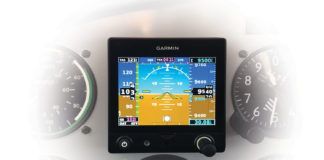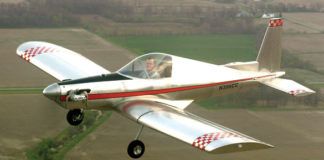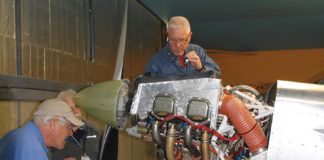Constant-Speed Props
My Cozy Mk IV has an MT constant-speed prop, and I have never fully understood how to use it. So I was really interested in the article [“Effect of Propeller RPM on Speed, Efficiency, Noise, and Vibration“] in the November 2017 issue. I got really excited when I read on page 32: “Flying with 1800 rpm used approximately 1 gallon per hour less than 2600 rpm at the same speed, a savings of over 20%.”
Eureka! Just what I was hoping for. But later in the article was: “Flying with 1800 rpm resulted in 9% improvement in the cruise index compared to 2600 rpm, albeit at a speed 20 knots slower.”
Say what? Can you explain to me what I missed in the article that would reconcile these two statements? I’m a bit confused. Thanks.
—Phil Kriley
Nigel Speedy responds: In level flight there are four generic things a pilot would like to maximize:
- Endurance (maximum time in the air for minimum fuel)
- Range (maximum distance with minimum fuel used)
- Cruise (maximize some combination of range/speed/payload, what I call the cruise index)
- Speed (maximum distance in minimum time, no concern for fuel used).
A constant-speed prop will allow you to achieve equal or better numbers in each of these categories compared to a fixed-pitch prop (all other things being equal), but you will have to use a different propeller speed to do so. It’s highly unlikely a single propeller rpm will maximize all facets of performance, and each one will likely occur at a different speed and fuel flow.
In my aircraft, best endurance is around 100 KTAS, and changing weight, altitude, or temperature has very little variation on this speed. Changing the prop rpm from high to low does reduce the fuel flow at a constant speed of 100 KTAS. When considering endurance, we don’t care at all about the speed; it’s just the fuel flow we care about.
When I looked at the endurance of the aircraft versus prop rpm, I found that as I reduced prop rpm, the maximum range (n.m./gal) increased, but the speed at which the maximum range was achieved reduced slightly.
The same thing was true of the cruise index. As the propeller rpm was reduced, the maximum cruise index increased, but the speed at which the maximum cruise index was achieved reduced slightly.
In hindsight, mentioning the effect of speed where the maximum range or cruise index is achieved is a red herring, as in these cases it’s not the speed we are trying to maximize. This could be the root of your confusion with the article.
So, at any given time, choosing the best prop rpm should be based on what you are trying to achieve. If you’re taking a friend for a sunset flight overhead the field and want to use the minimum amount of fuel, choose the rpm that gives the best endurance, lowest fuel flow. If you’re a bit tight on fuel getting to your destination, choose the prop rpm that gives you the best range, highest n.m./gal. On a normal cross-country, choose the prop rpm that gives the best cruise index, TAS x n.m./gal. When you need to get there fast choose the prop rpm that gives the maximum speed.
The fuel flow and speed you get for each of these four scenarios will be different, but you will be maximizing what is important at the time.
Write to [email protected].




